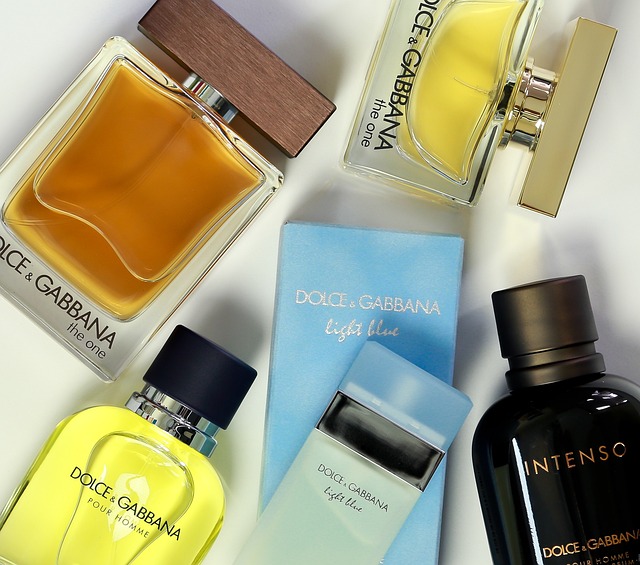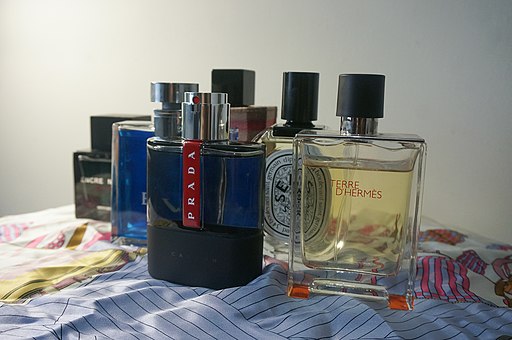Perfume has a higher concentration of fragrance oils, resulting in a stronger, longer-lasting scent than eau de toilette, which has a lighter concentration.
TL;DR Perfume Vs. Eau de Toilette
Perfume is a highly concentrated fragrance with a higher percentage of essential oils. It typically lasts longer on the skin and releases its aroma gradually throughout the day.
Eau de toilette has a lower concentration of essential oils and tends to be lighter in scent. It may not last as long as perfume but offers a refreshing burst of fragrance.
What is Perfume?

Perfume is a fragrant liquid typically composed of a blend of essential oils, aroma compounds, and solvents.
Its formulation involves a carefully crafted combination of top, middle, and base notes, creating a complex scent profile. With a higher concentration of fragrance oils, perfume offers a potent, long-lasting aroma. The application involves dabbing or spraying onto pulse points.
Perfume is available in various concentrations, including parfum (highest concentration), eau de parfum, and eau de toilette, each influencing the intensity and longevity of the fragrance. It is a popular accessory, worn for personal enjoyment or as a statement of individuality.
What is Eau de Toilette?

Eau de Toilette is a type of fragrance with a lighter concentration of essential oils compared to perfume.
It typically contains 5-15% aromatic compounds mixed with water and alcohol. Eau de Toilette offers a refreshing and subtle scent, making it suitable for everyday use. It has a shorter longevity compared to perfume, making it ideal for those who prefer a more understated and fleeting fragrance experience.
The application involves spraying onto pulse points, such as wrists and neck. Eau de Toilette is a popular choice for a lighter, casual fragrance that is well-suited for daytime wear.
Perfume Vs. Eau de Toilette – Key Differences
| Criteria | Perfume | Eau de Toilette |
|---|---|---|
| Concentration of Fragrance | Higher concentration of essential oils (15-30%) | Lower concentration (5-15%) |
| Longevity | Longer-lasting scent | Shorter duration of fragrance |
| Intensity | Intense and potent | Lighter and more subtle |
| Suitable Occasions | Evening wear, special occasions | Daytime wear, casual occasions |
| Application | Typically dabbed onto pulse points | Sprayed onto pulse points |
| Price | Usually more expensive due to higher concentration | Generally more affordable |
| Fragrance Notes | Complex and multi-layered | Simpler scent profile with fewer layers |
| Popular Uses | Statement fragrance, signature scents | Everyday wear, suitable for a variety of occasions |
| Packaging and Presentation | Often presented in smaller, elegant bottles | May be available in larger, more casual packaging |
| Shelf Life | Longer shelf life due to higher concentration | Shorter shelf life, may need reapplication |
Image Credits
Featured Image By – NoName_13 from Pixabay
Image 1 By – Linda Dunn from Pixabay
Image 2 By – Shack, CC BY-SA 4.0 , via Wikimedia Commons







